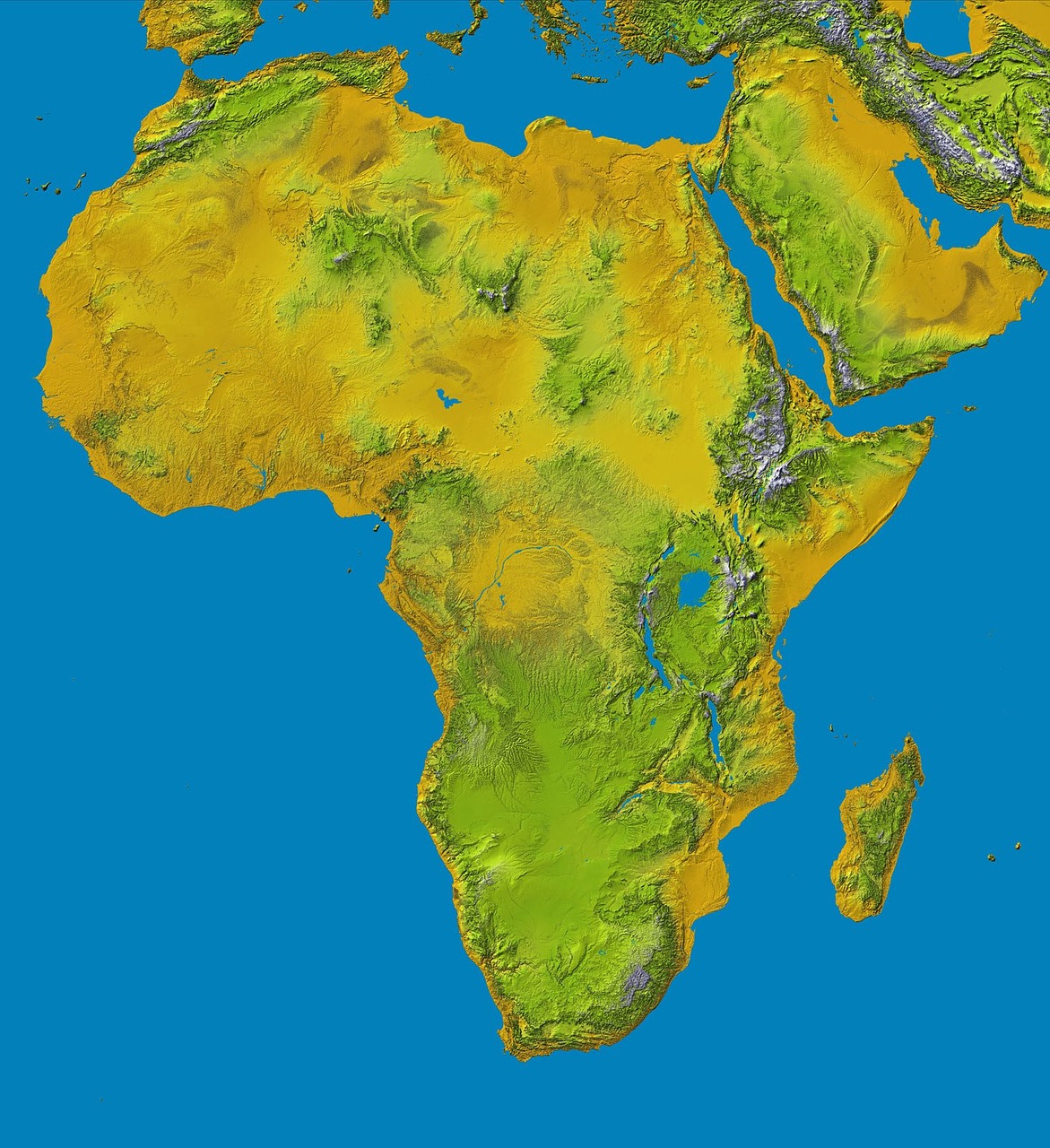Top 10 cities in Africa
Africa has developed in a very vast area that they can be compared with one of the most developed continent in the world. African cities have witnessed significant progress in various sectors. The continent has invested heavily in security measures, ensuring the safety and well-being of its citizens. Moreover, Africa’s human capital has also grown exponentially, with a focus on education and skill development. This remarkable growth has positioned many developing countries in Africa on par with some of the most developed nations globally. The continuous efforts towards infrastructural development have created a solid foundation for further advancements, making Africa a force to be reckoned with on the global stage.
this are the top ten cities in African and the number of billionaires per city city, their wealth is calculated with the U S dollar rate
Johannesburg (14,600)
Johannesburg is a south african city established during the Witwatersrand Gold Rush of 1886, holds the title of being the richest city in Africa. Its affluence is primarily centered in Sandton, where the JSE, the biggest stock exchange on the continent, and the headquarters of many major African banks and corporations are located. The city’s principal industries consist of financial services, encompassing banks, and professional services, such as law firms and consultancies.
Cairo (7,400)
Cairo is the capital of Egypt and it is the country largest city which has about 10 million people Situated on the banks of the Nile River, Cairo holds significant historical importance and is renowned as one of the most crucial cities globally. It also boasts the highest number of billionaires of any other African city. Cairo’s primary industries encompass financial services, telecommunications, retail, tourism, and basic materials.
3. Cape Town (7,200)
Cape Town is a port City in South Africa and it is the South Africa oldest city. The urban center boasts Africa’s most luxurious neighbourhoods, namely Clifton, Bantry Bay, Fresnaye, Llandudno, Camps Bay, Bishopscourt, and Constantia. These areas have the highest prime residential rates on the continent, comparable to cities like Washington, D.C., or Berlin. Additionally, the city is host to top-end lifestyle estates like Steenberg, Atlantic Beach, and Silverhurst Estate. The major industries thriving in the area are real estate and fund management
4. Lagos (5,400)
With regard to its population, Lagos stands as the most populous city in Africa and serves as the primary economic centre for West Africa. The affluent neighbourhoods of Lagos consist of lkoyi and Victoria Island. The major sectors of the city’s economy include basic materials, oil and gas, transportation, and financial services.
5. Nairobi (4,700)
One of the world’s fastest-growing cities, Nairobi serves as the economic hub of East Africa. Some of its affluent areas are Runda Estate, Lavington, Kitisuru, Karen, and Muthaiga. Nairobi’s major industries comprise financial services, real estate, tourism, media, clothing, textiles, processed foods, beverages, and cigarettes.
6. Durban (3,600)
This coastal town, nestled in the KwaZulu-Natal province, is in the eastern part of South Africa and is the third-largest city in the country. Known as a multicultural city with colonial, Zulu, African, British and Indian influences, Durban was rehabilitated for the FIFA World Cup in 2010 with new infrastructure and services that gave its inhabitants greater facilities and amenities.
7. Casablanca (2,800)
western Morocco. It occupies the site of the ancient city of Anfa, destroyed by the Portuguese in 1468. The Portuguese returned in 1515 and built a new town, Casa Branca (“White House”). Abandoned after an earthquake, it was occupied by a Moroccan sultan in 1757. European traders, including the French, began to settle there. In 1907, after French citizens were murdered there, French forces occupied the town. During the subsequent French protectorate, it became Morocco’s chief port. Since then, its growth and development have been continuous. In World War II (1939–45) it surrendered to the Allied Powers in 1942, and in 1943 the Casablanca Conference was held there.
8. Pretoria (2,400)
9. Accra (2,000)
Accra is a major transportation hub, home to the Kotoka International Airport and lies on railway lines to Tema, Takoradi and Kumasi. The main harbour city, Tema is connected through one of Ghana’s highways.
Public transit in the city is provided by a mix of privately owned Mini-buses (known as Tro-Tros), taxis and buses. Tro-Tros are usually converted Mini-buses that run a regular, well-known route. They are cheap and frequent but often in poor repair and over-crowded. Some taxis also run regular routes, which cost more but provide for a more comfortable ride. Recently in 2002, the city started introducing publicly owned buses.
10. Luanda (1,800)
Luanda, the capital of Angola, is a port city on the west coast of Southern Africa. A seafront promenade known as the Marginal runs alongside Luanda Bay. Nearby is the well-preserved 16th-century Fortress of São Miguel, which now contains the Museum of the Armed Forces. The fort has views of the harbor and the Ilha do Cabo, a long, thin peninsula in the bay that’s home to beaches, bars and restaurants


